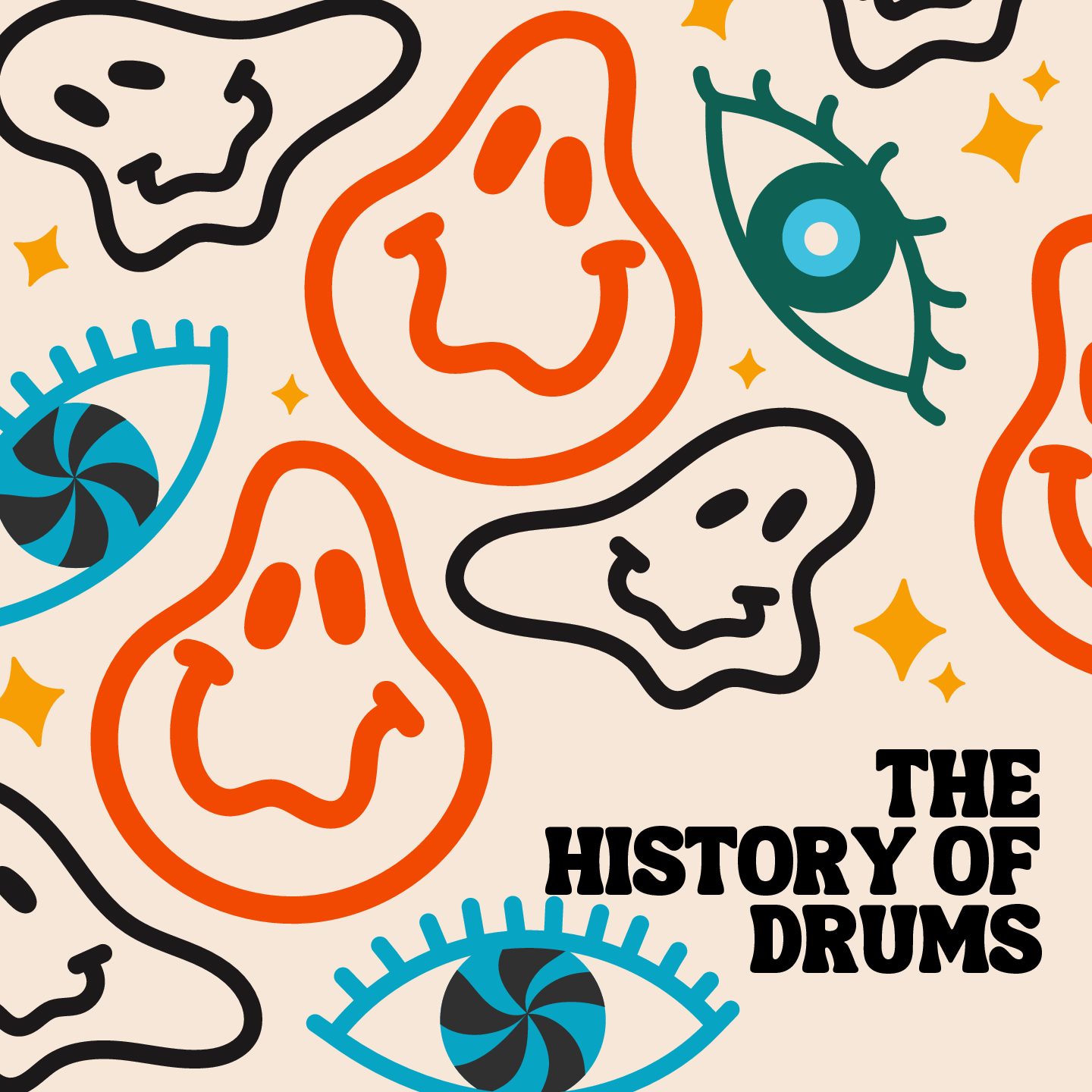One thing nearly all humans have in common is a love and appreciation for music. Music can be found everywhere and is a creative outlet that has been prevalent for centuries.
People have been so creative as to make musical instruments, from filling up rice into containers and shaking them, to sampling the sound of rain droplets in songs to add to the beat. I think it is beautiful how we are able to find music in almost anything.
One of the most diverse musical instruments that are prevalent in many cultures: is the drum. Drums come in many shapes and set-ups. You may picture a standard set with a hi-hat, crash cymbal, ride cymbal, snare, and tom set-up; however, there are also single drums from African and Arabian cultures that are essentially put over the drummer’s knee and hit to the beat.
There are also marching band drums that require specific drumsticks that you cannot use on a standard drum set, like the one I described before.
I received an electric drum set when I turned 18 years old in 2022, but I recently upgraded to an acoustic drum set when I turned 19 years old.
You may have never given a second thought to where certain instruments came from, but I am here to tell you how drums even became so popular.
Drums originated in Neolithic culture in China, but they eventually spread to other parts of Asia. Today, cymbals are used to establish a beat. Cymbals were introduced in 1100 B.C. We also have snares, which developed in 1300 A.D. The snare underwent a lot of development and was originally made with animal skin stretched for the tension that causes the sound we hear today.
One of the most interesting parts of the drum development is the bass drum, originating in 1400 A.D. The bass makes songs more unique, but it was also used to motivate troops during combat and war.
The first drum set that included all these parts was introduced in the late nineteenth century. It used to take multiple people to man a single drum set, but Dee Dee Chandler developed the idea of putting all these parts together as a kit played by one person. While these were popular in America for a while, they started to rapidly grow in popularity even more during the 1960s.
Without drums, we would not have the many prolific musicians that we have today. Some of these drummers include; John Bonham, Keith Moon, Mitch Mitchell, Ringo Starr, Alex Van Halen, Dave Grohl, and Taylor Hawkins.
While we have all these amazing musicians, we also need to pay respects to Gene Krupa. Neil Peart of Rush is quoted in Rolling Stone magazine calling Gene Krupa the “first rock drummer.” Gene Krupa was influenced by New Orleans and the jazz scene. Krupa was also a heavy influence on the rock scene, inspiring many musicians, such as Bonham and Moon. Rolling Stone magazine considers Krupa, “the godfather of drum-set artistry as a sport and spectacle.”Fun fact, many people like to debate who the better drummer was: Gene Krupa or Buddy Rich.
I personally have a very strong love for the drums. I believe that music would not be the same without them and that they are incredibly diverse. It is fascinating to hear just how much they can change depending on genre, such as jazz, rock, blues, funk, etc…
We would not have many of the impactful musicians we have today without this amazing instrument.
For me, drums are also a great stress reliever. I like to hit the drums when I am angry, but I also like to see what new sounds I can make or how fast I can go. I would recommend playing the drums as they are a fun and manifold instrument.
Ultimately, though, drums have had a significant impact on music culture. I believe that it is important to learn about and respect the culture behind the things we are interested in to further understand and respect their origins and beauty.

